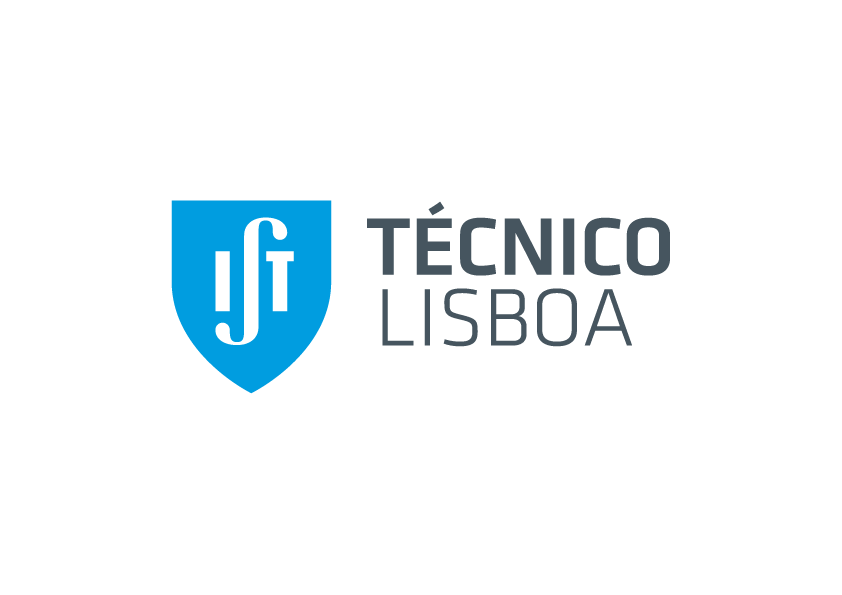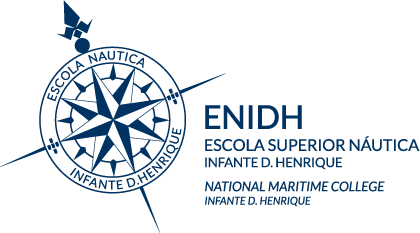Our team
IST was responsible for the overall project management and was involved in all tasks. IST developed the algorithms and tools for maritime traffic characterisation and for detection of abnormal behaviour of ships. Besides, IST developed the integrated system prototype “MoniTraffic” and the demonstration applications.
ENIDH provided expertise on the characteristics of the maritime traffic and was involved in the development of the algorithms for maritime traffic characterisation. ENIDH’s knowledge on navigation on particular waterways and in port entrances was important to validate the safe routes extracted from historical trajectory data and to develop alerts on the abnormal behaviour of the ships.
Xsealence brought onboard their experience on the development of equipment and systems for monitoring of fishing vessels. Additionally, Xsealence contributed to the project with the definition of the system requirements that are applicable and relevant for fishing activity and supervised the testing of the developed integrated system prototype for maritime traffic characterisation and anomaly detection.
The CCTM-DRGM was involved in the project as an observer and as a possible user of the integrated system for traffic characterisation and monitoring. CCTM-DRGM has experience on the maritime traffic monitoring and control tasks and provides an initial set of coastal radar/AIS fused data that was used to develop the tools under the scope of the project. Furthermore, CCTM was involved in the definition of the design requirements of the integrated system “MoniTraffic” and followed the testing of the developed integrated system prototype for traffic characterisation and anomaly detection with real-time AIS/radar fused data.
Our team was the consortium of two universities: the Instituto Superior Tecnico (IST) and the National Maritime College (ENIDH); the private company Xsealence-Sea Technologies (Xsealence), and the Portuguese coastal VTS control center (CCTM) of the DGRM. The overall project management was provided by the Principal Investigator Ângelo Palos Teixeira.
The research team consisted of 11 members that included 4 senior researchers with experience in coordinating and participating in research projects, 2 Phd students, and 4 researchers that integrated the research team on a full time basis.





